Microsoft on Wednesday released Pix, a new photo application that utilizes the company's machine learning skills with a computational photography implementation intended to improve the quality of photos shot on an iPhone 5s or newer.
To assist in composition and automatic image tailoring, Microsoft Pix takes a continuous stream of photos as it is running. The app tracks faces, and sets parameters for exposure on the fly, while the app is open, and even before a picture is taken.
When the user hits the shutter button, the app takes seven frames from the half second preceding the button press, and three after the push, and presents the user with what the app considers to be the best choice, and up to two other options.
The remaining shots not presented to the user are are examined for ways to improve the presented images before they are discarded. Color correction, de-speckling, and removal of image noise are performed automatically by the app with collated data from unused frames.
Images taken with the app can be combined into "cinemagraphs." Unlike Apple's Live Photos function, part of a Pix-generated cinemagraph is in motion, and the rest static. Not every image is selected for the cinemagraph treatment, with the app automatically selecting only "interesting" subjects, according to Microsoft computational photography project lead Josh Weisberg.
Microsoft Pix also can speed up videos using the same technology that the company used in Hyperlapse for Android. Additionally, the app retains conventional mobile app editing tools, filters, and sharing features.
Microsoft claims that it can take up to three seconds for a photo to appear after the user has taken the shot. Initial AppleInsider tests on an iPhone SE and iPhone 6s plus on a myriad of subjects showed about a 1.5 second delay with a dynamic subject, such as a child in motion. A static image, such as the basset hound seen in the above image, processed in well less than a second.
The core of the app, computational photography, shifts the emphasis in photography from optical processes to digital manipulation. Focus of an image after the picture is taken in RAW-format images is an example of the discipline, as are panoramic images stitched together by camera or computer software.
Microsoft Pix is available now on the iOS App Store, and requires iOS 9, and an iPhone 5s or better. The app requires the sixth generation iPod Touch, the iPad Air, the iPad mini 2, or newer. Storage requirements start at 149MB, and grow as photos are taken with the app. The app requests access to the user's photo library, the camera, and location information.
 Mike Wuerthele
Mike Wuerthele
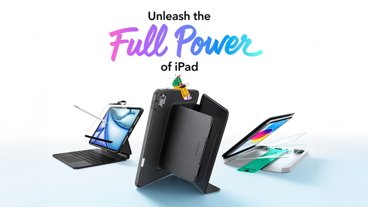
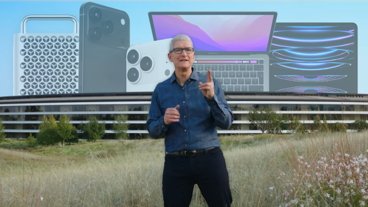


-xl-(1)-xl-xl-m.jpg)


-m.jpg)





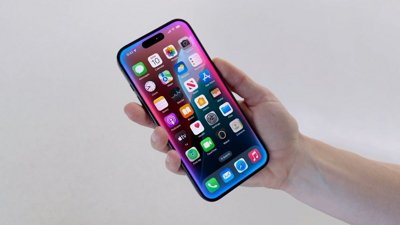
 Amber Neely
Amber Neely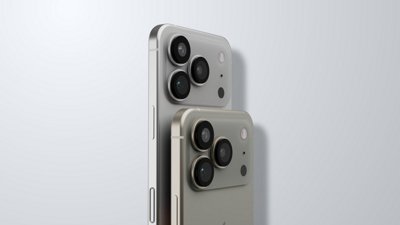
 William Gallagher
William Gallagher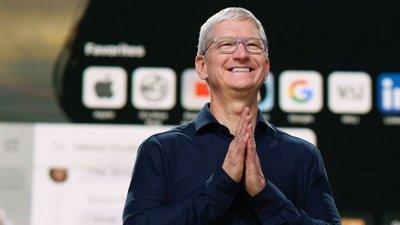

 Sponsored Content
Sponsored Content
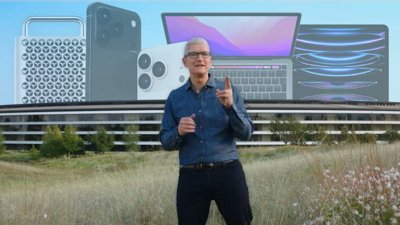
 Malcolm Owen
Malcolm Owen
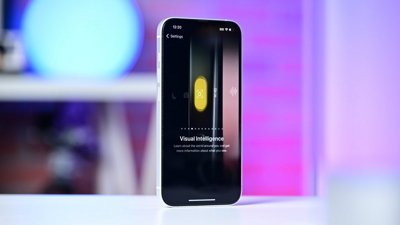









16 Comments
Maybe a keystone feature of a relaunched Windows Phone?
Strangely enough, I find this news to be a halfway decent to maybe even good sign re: Microsoft. Like maybe they are starting to evolve -- this just doesn't sound like something they would have done in the past -- it's more than just doing the minimum while taking advantage of their (past) dominance, and thus somehow beyond the old Microsoft.
I'm a photo editor. Just compared 3 different mixed-light (part indoor/incandescent, part sunny window-light) compositions, 1 frame each in MSPix and the iPhone (6) native camera app. MSPix had higher contrast but also less digital artifacts (noise), and more detail visible in darker areas. Colors were very different, with iPhone native app shifting toward a muddy yellow, while MSPix's colors seemed more natural, and had an overall brighter and crisper look, but with greater detail. Overall, I wouldn't have guessed these frames came from the same camera, if I hadn't taken them myself within seconds of each other. I preferred the MSPix results over iPhone native camera app.
These are all the apps Microsoft has on iOS.
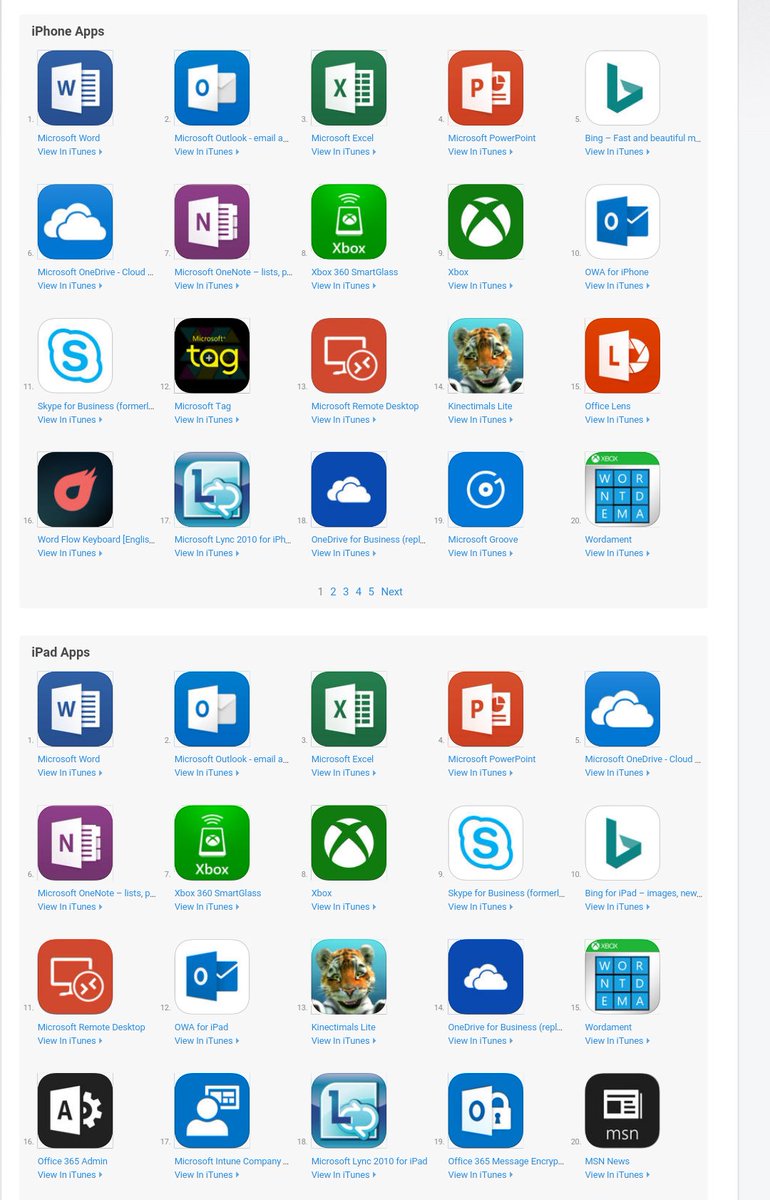
Is Apple really comfortable ceding so much to Google and Microsoft? It gets sickening hearing about great software not made by Apple. When the iPad Pro was first announced it was Microsoft and Adobe apps that were highlighted, not anything from Apple. The last time Apple made a big deal about any of their productivity software was 2013. I get the feeling Apple is transitioning to an operating systems only company.